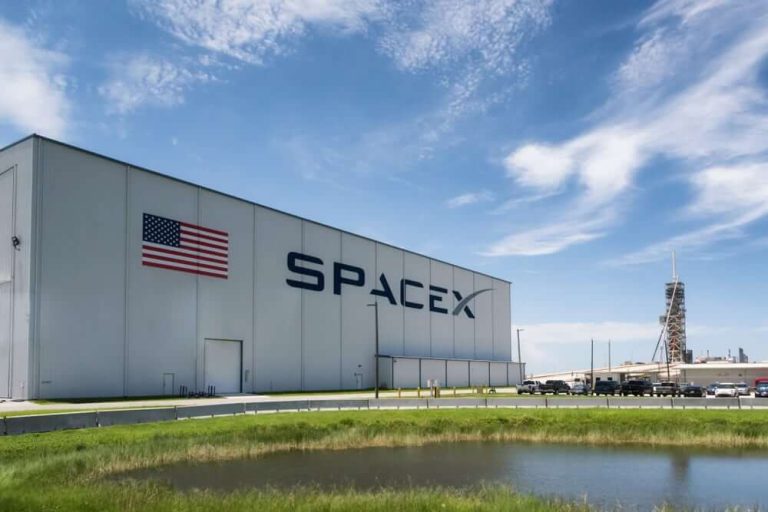quick look
- The Federal Aviation Administration gave SpaceX the green light to launch Starship, confirming its compliance with all safety and environmental standards.
- The launch is scheduled to take place at 7 a.m. CST from Boca Chica, Texas, representing a pivotal test of the missile's developments.
- Unlike previous attempts, the mission will target the Indian Ocean, and will introduce new test objectives, including engine restarts.
- NASA plans to utilize the spacecraft for lunar missions, marking a significant step in human space exploration since the Apollo era.
- The FAA authorization comes amid an increase in private space launches.
The Federal Aviation Administration (FAA) has officially approved SpaceX's Starship vehicle for its upcoming launch, confirming that the mission meets all necessary safety, environmental, policy and financial responsibility requirements. This crucial approval arrived just in time, less than 24 hours before the intended lift-off. Set against the backdrop of SpaceX's Boca Chica facilities in Texas, this launch is pivotal for Starship, as it aspires to surpass its predecessors in distance and technical achievements.
Ambitious mission objectives
The experimental spacecraft's impending flight is different from its predecessors, as it embarks on a path toward the Indian Ocean. This new flight path is not just a change of scenery but a strategic choice to accommodate ambitious test goals. The mission will test the upper stage engine restart and payload door opening process in space, surpassing the explosive results of previous tests. The launch window runs from 7 a.m. to 8:51 a.m. CST, providing a brief but crucial timeframe for this historic attempt.
Expanding the horizons of human spaceflight
The risks of Starship extend beyond this single launch. Under a major contract with NASA, SpaceX envisions the spacecraft as a central way to return humans to the moon. This vision represents a major leap in space exploration, and requires rigorous testing and development. SpaceX CEO Elon Musk stresses the need for “hundreds” of unmanned flights before considering human passengers, in line with NASA's urgent calls for progress amid a space race with China. Moreover, the role the FAA plays in facilitating this era of space exploration has come under the spotlight, with proposed budget increases aimed at strengthening the regulatory capabilities of the burgeoning space industry.
The upcoming launch of Starship is not just a test of the technology but a testament to the collaborative effort between SpaceX, the FAA, and NASA. It represents a pivotal moment in the quest for space exploration, paving the way for the next chapter in human exploration of the moon. With the regulatory and technical hurdles now cleared, the focus turns to implementation, awaiting significant results that could redefine the future of space travel.

